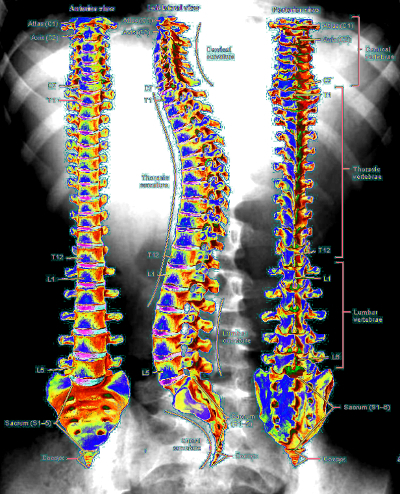Straight back studies unclear
 Experts suggest the rule to lift with a straight back might need a re-think.
Experts suggest the rule to lift with a straight back might need a re-think.
A new meta-analysis has reviewed 12 articles involving 697 participants, to investigate whether lifting with a rounded back was a risk factor for low back pain, compared to people who lift with a straight back.
Professor Peter O’Sullivan from Curtin University says lifting is still a major risk factor for low back pain, and there is still a strong belief that lifting with a rounded back could increase this risk.
“Workplace health and safety representatives, healthcare practitioners, as well as gym instructors, advise that lifting with a rounded back should be avoided and instead insist that the safest way to lift is with a straight back,” Professor O’Sullivan said.
“We reviewed previous studies of participants who had lifted objects, ranging from a pen up to 12 kilograms in weight. We found no evidence to suggest that people who lift with a rounded back were at an increased risk of low back pain. Studies investigating this question, where people lifted heavier weights, simply don’t exist.
“Gradually building tolerance to lifting and being fit for lifting might be important in reducing the risk of lifting-related low back pain. Other factors such as repetitive lifting when fatigued or tired, having poorer mental and physical health, and being overweight might also be more important than the way you lift.”
Lead author Nic Saraceni said advice to keep the back straight when lifting is not justified by current research evidence, and further research is needed to better understand the risk factors.
“Modifications made to workplace environments such as removing lifts from the ground and lifting technique suggestions, such as keeping the load close when lifting and reducing lifts in awkward postures, is sensible advice and may reduce load on the back,” Mr Saraceni said.
“Further research is needed to see how people who have worked in a lifting job for many years without low back pain position their back when they lift. These people may hold the clues to better understanding the risk factors for low back pain in lifting occupations.”







 Print
Print